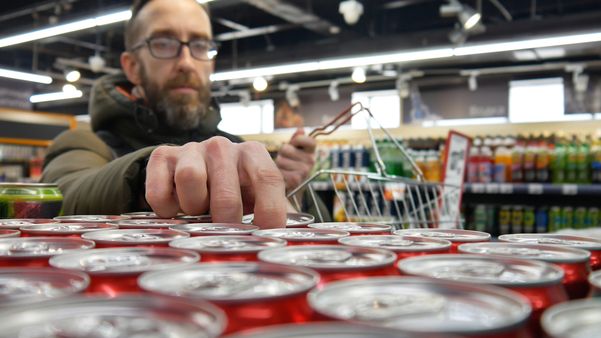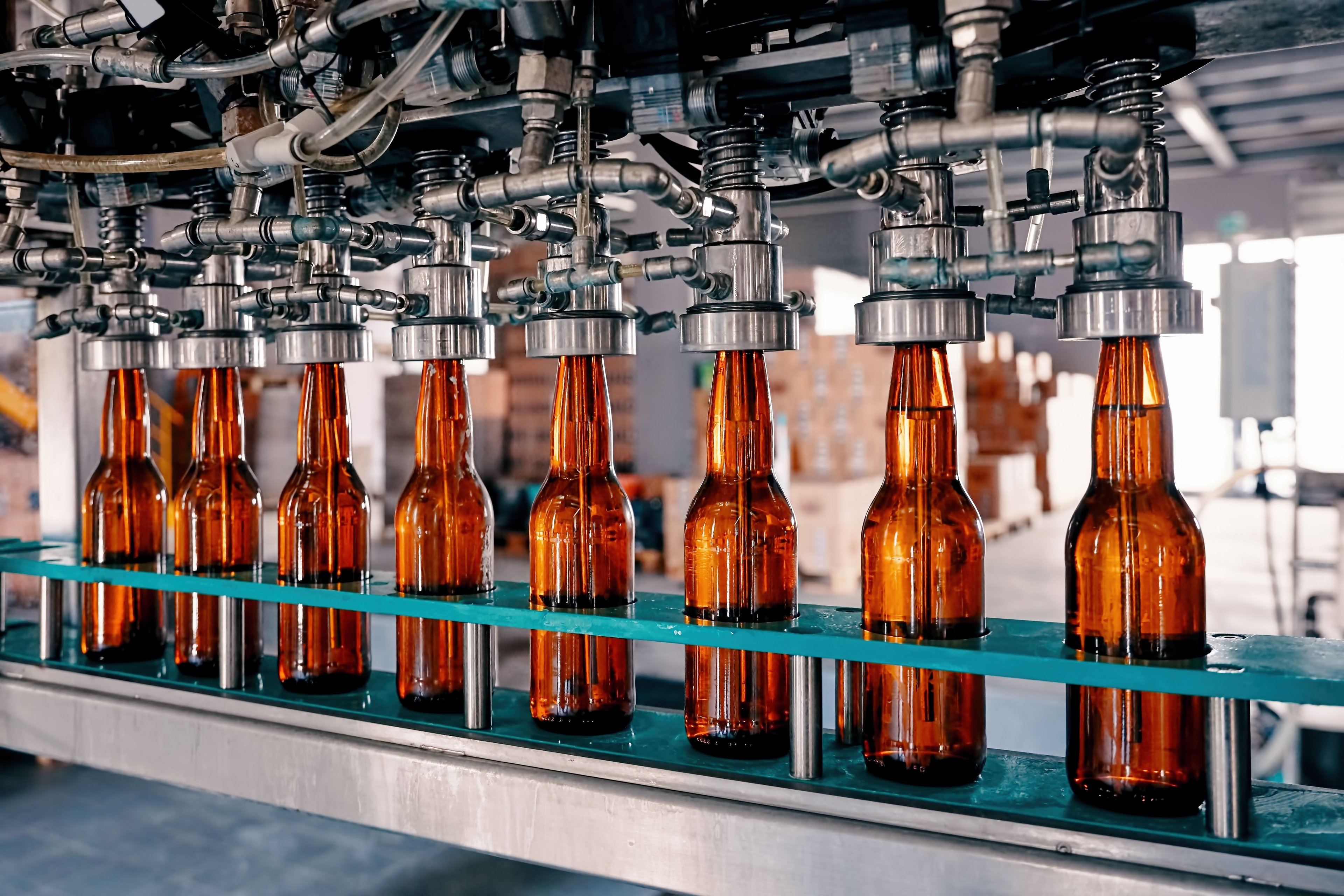Craft beer may never be the same after the coronavirus pandemic passes. While there were already signs the industry was facing increasingly difficult struggles in the next few years, the current crisis has likely exacerbated and accelerated those problems.
When we come out of this situation, the craft-beer industry may be unrecognizable.

Image source: Getty Images.
Changing industry dynamics
The broader beer industry has been in a secular decline for some time now, as consumer preferences have turned away from beer and toward lighter, more refreshing fare like hard seltzer.
White Claw and Boston Beer's (SAM +2.12%) Truly brand have captivated drinker palates, and recorded several years of triple-digit growth. Observers had expected that 2020 would notch similar gains, and not even the pandemic may dent seltzer's growth.
Yet while the beer industry downturn saw megabrewers like Anheuser-Busch InBev (BUD +0.76%) and Molson Coors Beverage (TAP 0.26%) suffer declining production volume, certain segments still recorded gains, like Mexican imports, a beer category which has remained one of the strongest throughout.
Note that Mexico determined that breweries are not "essential" during the pandemic, and brewers such as Constellation Brands and Heineken, which produce Corona and Dos Equis, respectively, have shuttered production.
But craft beer has grown, too. It might not be at the same double-digit rates as during its heyday, but mid-single-digit growth during a downturn is respectable. That may all change now.
Small size is a big deal
Although a lot of the recent craft-beer gains were because of sales of beverages other than beer -- Boston Beer, for example, today produces more hard seltzer than it does its flagship Samuel Adams beer -- the fastest growing portion of the segment was microbreweries.
The Brewers Association reports that of the 7,300 craft breweries in operation in 2018 (the latest data available), 4,522 were microbreweries, or almost 62% of the total. A decade ago, however, just 450 microbreweries accounted for less than 30% of the 1,500 craft breweries in operation.
That's a ninefold increase in these small brewers, and though they're among the fastest-growing segments of the industry, there's a parallel increase in the number that were closing.
Similarly, the number of brewpubs rose by 150% over the past decade, but they were seen as vital to the health of breweries in general. Boston Beer, for example, opened its third taproom earlier this year to...tap into this trend.
Yet while a smattering of tasting rooms attached to its breweries won't move the needle very much for this mega-"craft brewer," brewpubs and taprooms make a world of difference to microbreweries. When they're producing less than 15,000 barrels a year -- in comparison, Boston Beer makes over 5 million barrels annually -- supplementing their production with on-site sales can mean the difference between survival and closing their doors.
Most at risk
Things have changed because of the coronavirus pandemic. Bars, restaurants, and similar establishments were among the very first venues ordered closed in a bid to control the spread of COVID-19, the disease caused by the virus.
While the $2.2 trillion stimulus package recently approved contains several hundred billion dollars in small-business loans, it's quite likely many of these small beer operations won't be able to survive not being open. And it will be difficult for them to come back.
Once the brightest lights leading the way forward for the craft-beer industry, these small operations could see those lights turned out, never to shine again. And that could forever change how we view this once-vibrant business.








